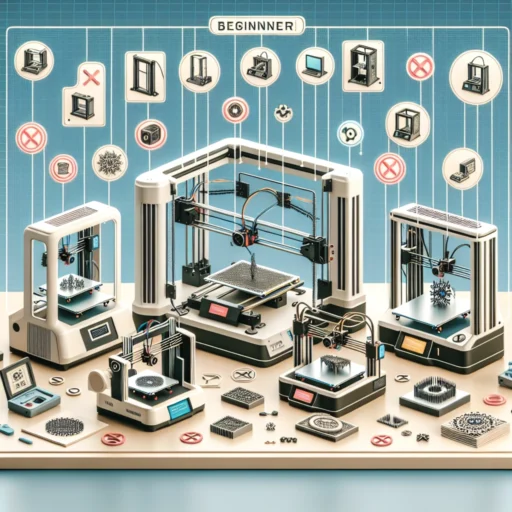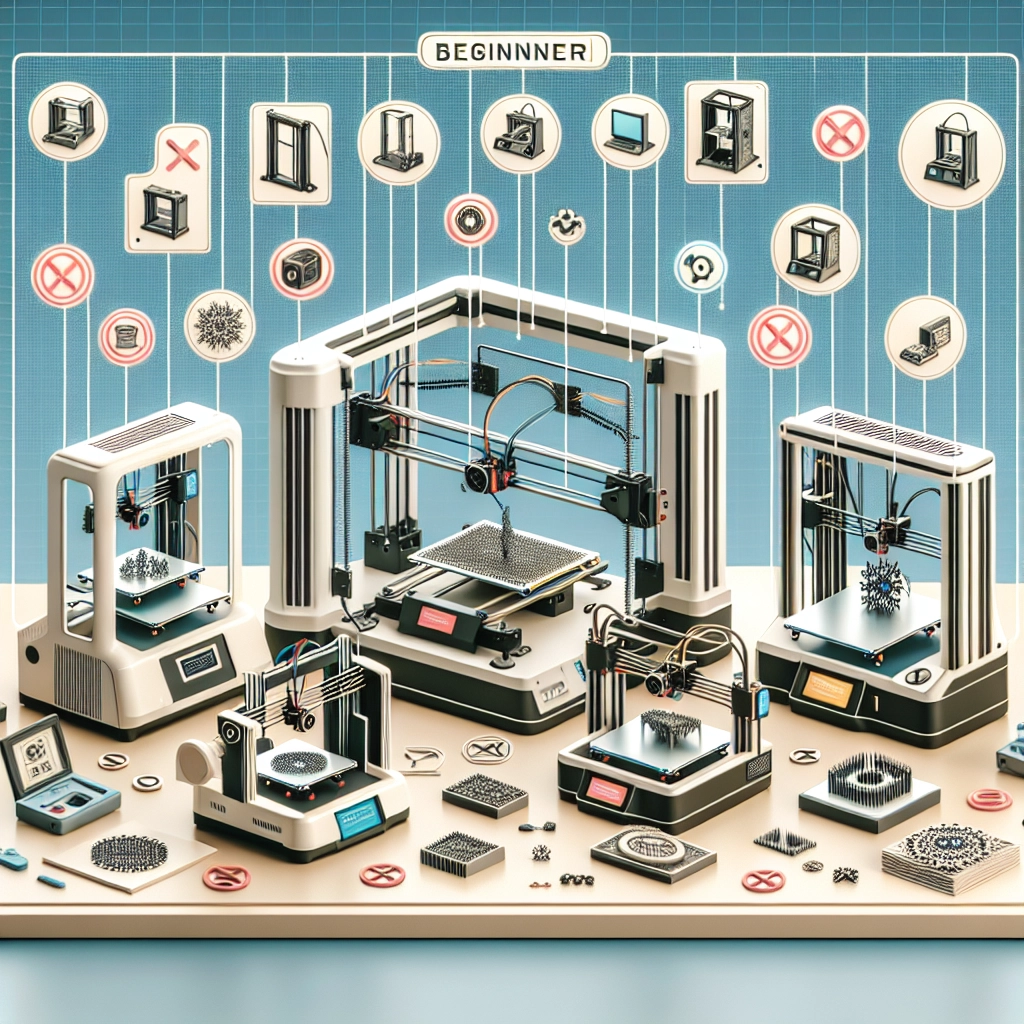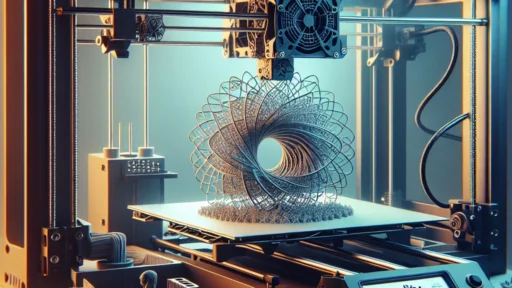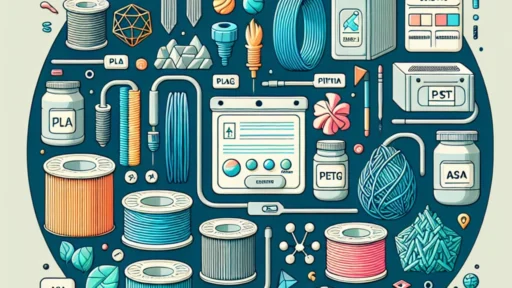How to Choose the Right 3D Printer for Beginners
In recent years, 3D printing has evolved from a niche technology to a mainstream hobby, making it more accessible than ever. However, with the wide variety of options available, choosing the right 3D printer can feel overwhelming—especially for beginners. In this post, we’ll guide you through the essential considerations to help you select a 3D printer that suits your needs, skills, and budget.
1. Understand the Different Types of 3D Printers
Before diving into the specifications, it’s crucial to recognize the different types of 3D printers. The most common technologies are:
Fused Deposition Modeling (FDM):
FDM printers are the most popular for beginners. They work by melting thermoplastic filaments and extruding them layer by layer to create a three-dimensional object. They’re relatively affordable and easy to use, making them perfect for hobbyists.
Stereolithography (SLA):
SLA printers use a laser to cure liquid resin into solid objects. They are capable of producing high-quality prints with intricate details. However, they can be more complex to operate and maintain, which might not be ideal for beginners.
Digital Light Processing (DLP):
Similar to SLA, DLP printers utilize light projections to harden resin. They tend to be faster than SLA printers but come with higher costs and sometimes require extra care with resin handling.
For beginners, FDM printers are generally the best way to start due to their lower cost and ease of use.
2. Set a Budget
3D printers can range from as little as $200 to several thousand dollars. As a beginner, it’s important to establish a budget. Here’s a rough guideline for different price ranges:
-
Under $300: These entry-level printers are suitable for beginners who want basic functionalities. They may require some assembly and fine-tuning but offer a great starting point.
-
$300 – $700: In this range, you can find reliable printers with better build quality, larger print volumes, and a variety of filament compatibility. These could offer a more user-friendly experience.
-
Above $700: This price point is usually reserved for advanced 3D printers that come with premium features. If you find yourself getting serious about 3D printing, you might consider this option in the future.
3. Print Volume and Size
Another critical factor to consider is the print volume, which refers to the maximum size of the object you can create. Beginners typically start with smaller projects, but choosing a printer with a larger build volume can offer more flexibility down the road.
-
Small Print Volume: Suitable for miniatures, small prototypes, or basic projects.
-
Medium Print Volume: Allows for a broader range of projects, from vases to small functional parts.
-
Large Print Volume: Great for ambitious projects, but usually comes with a higher price tag. Consider how much work space you have and how large your projects typically will be.
4. Ease of Use and Assembly
For beginner-friendly experience, look for a printer that is easy to set up and use. Many FDM printers come partially assembled or require minimal assembly. Some essential features to look for include:
-
User-friendly Interface: A simple touchscreen or buttons that make navigation straightforward.
-
Auto Bed Leveling & Calibration: Auto bed leveling features reduce the hassle of manually calibrating the printer. This can save a lot of frustration for beginners.
-
Stable Firmware and Software: A printer with stable software and firmware will be easier to use and troubleshoot.
5. Material Compatibility
Different 3D printers work with different types of filament or resin. As a beginner, sticking to PLA (Polylactic Acid) filament is a good choice due to its ease of use, non-toxicity, and availability. However, consider whether the printer you are looking at can handle other materials down the line as your skills improve, such as ABS, PETG, or specialized filaments.
6. Community and Support
When you’re starting, it’s invaluable to have resources at your disposal. Look for printers with strong online communities and user groups. A supportive community can provide troubleshooting tips, design ideas, and general advice on getting the best out of your printer.
7. Read Reviews and Do Your Research
Before making your final decision, take the time to read reviews and watch videos of the printer you are considering. Users often share their real-world experiences, which can provide insights into the printer’s reliability, print quality, and ease of use.
Conclusion
Choosing the right 3D printer as a beginner involves understanding your needs, setting a budget, and knowing the features that matter most. Whether you’re interested in small-scale projects or planning to advance your skills over time, finding a printer that fits your initial goals will set you on a path toward a rewarding hobby. Happy printing!






